I don’t know about you, but I love trying to picture what it might have been like to live in a different time. I’ve often mused upon what it might have been like to be one of the first Europeans to come out west to seek my fortune in the 1858 BC Gold Rush. What did people bring with them? What kind of homes did they set up? Where did the children go to school? How did they entertain themselves?
Living-history museums are dotted around BC and Alberta. Some offer glimpses into the past with demonstrations of things like type-setting for the printing press — an arduous and painstaking process — while others are almost fully immersive.
I’m always struck that those first brave souls did a lot of this on foot or with wagons and horses, or even camels. In our get-everywhere-fast society it’s hard to imagine mustering the kind of determination it would take to look at the Coastal Mountain Range and think, ‘I’ll just walk there and see what’s on the other side.’
Gold!
The Caribou Gold Rush Trail is so named because it follows the route the early settlers and gold-seekers took from Vancouver in search of wealth beyond their wildest dreams. These intrepid folks provisioned up in Victoria or Vancouver, and set out on foot or horseback to cover the huge distances, based on the hope that they might strike it rich. There were no towns to stop at along the way at first, and not many later, let alone a convenience store. People came from all over the world to seek their fortunes and a new life out west, and while some of these brave souls did hit the jackpot, others set up homes along the way, establishing towns, cities and farms.
Once the gold fields were established in the Cariboo, it became important to build a road for supplies to go in and the gold to come out, and in 1862, the first segment of the government-sponsored road began at Yale. The steamers could travel up the Fraser River to this point. Along the way, the first suspension bridge in BC was built across the Fraser River from Spuzzum to Lytton, and in 1865, the final section between Quesnel and Barkerville commenced.
BC is often associated with forestry and furs, but it was the gold rush that prompted the first large wave of immigration to these parts. Along the way, history was made. Modern-day travellers may not have to hoof it over the mountains carrying everything they own, but there are certainly places along the way where history is waiting for you to experience it first-hand.
The Hudson’s Bay Company was chartered in 1670. In 1827, the HBC established a fur-trading post on the banks of the Fraser River at Fort Langley because it was in the perfect spot between the interior fur-trading posts and the Pacific Ocean.
When gold was discovered in 1858 on the banks of the Fraser River, everything changed over night as Fort Langley became a provisioning post to the 30,000 miners who poured in. The British government was well aware it was sitting on abundant resources and action was taken by the newly sworn-in Governor James Douglas who declared the area the Colony of British Columbia on Nov. 19, 1858 to protect it from American interest.
Today a National Historic Site of Canada, visitors can travel back to the time of the fort’s gold rush heyday. Re-enactors, dressed in period costume, bring to life those who lived in the early days. There’s a working blacksmith shop, barrel-making, fur trade and educational displays, and residences. In the summer, visitors can arrange to stay in the fort in Tentiks, a tent/cabin-type accommodation.
The site hosts many special events, beginning in January with French Canadian activities in the Vive les Voyageurs French Canadian Festival, Easter events, Victoria Day events that include farm tours, coopering, historic weapons and blacksmithing, and Grave Tales, Halloween-themed walking tours in October.
The first time I visited Barkerville, the largest living history museum in Canada, I was a small child and I was captivated. I’ve since visited with my own kids, and the result was the same. They took it all in stride, making themselves at home in the school house and the school teacher’s home, where I finally caught up with them deep in conversation. It all seemed so real!
Barkerville’s history is closely tied to the gold rush and to one Billy Barker who insisted there was gold where others said there was not. He was right in the end, striking gold on Aug. 17, 1862. The discovery prompted the expansion of the town, and created a legend.
During the summer season, there’s tons to see and do – attend a confederation rally, take a Victorian town tour, find out about the mysteries of Edwardian underwear, or go back to school, visit with Miss Wendle as she bakes some treats, find out about the lives of Chinese miners and merchants, meet the hanging judge, Judge Begbie, in the court house, attend an Indigenous cultural session and more!
Indigenous culture and activities
Indigenous people played a huge role in the fur trade, providing the Hudson’s Bay Company not only with furs, but also their exhaustive knowledge about the land. The fur trade would have been untenable for the Europeans without this specialized information passed on from generation to generation. To experience Indigenous culture and history, there are sites throughout BC and Alberta that feature art, museums, heritage sites, cultural centres and hands-on activities.
In British Columbia, Tuckkwiowhum Heritage Village near Boston Bar has a full-service longhouse, entertainment, cultural classes, and even a traditional teepee campground. The village shows the traditional housing and way of life of the Tukkwiowhum people.
The Nk’Mip Desert Cultural Centre in Osoyoos has indoor and outdoor components, where visitors learn about the use of local plants for food, medicine and technology, and traditional housing.
Located near Whistler, the Skwxwú7mesh Lilwat7úl Cultural Centre offers visitors the opportunity to hear traditional stories, learn how the Salish people made canoes and other tools, create a traditional craft, or partake of some delicious Indigenous-inspired cuisine in the Thunderbird Café.
Saysutshun (Newcastle Island) offers camping, historic sites including the Snuneymuxw village sites, walking tours, and traditional salmon barbecues.
‘Ksan Historical Village and Museum is a replica village of traditional long houses located in the Hazeltons. There’s an on-site museum, campground and daily tours that showcase Indigenous culture.
For more information check out Indigenous Tourism BC.
In Alberta, Painted Warriors Indigenous Outdoor Experience invites visitors to experience the traditional and modern-day lifestyle of the Cree and Saulteaux people. Animal tracking, snowshoeing, horse riding, and archery are just some of the things to try.
Blackfoot Crossing Historical Park is a designated National Historic Site just an hour south of Calgary. It features an eco-friendly museum where visitors can learn about the Siksika First Nation culture try traditional Indigenous foods, and observe dance demonstrations.
For more information check out Indigenous Tourism Alberta.
A little further north from Barkerville, Fort St. James’ was established in 1806 as the first of two permanent fur-trading posts west of the Rockies, remaining operational until 1952.
The modern site replicates the fort as it was in 1896. Costumed heritage guides demonstrate how to make moccasins, visitors can taste food made from period recipes, handle tools of the time, and take part in the construction of a warehouse.
Buildings include the fur warehouse where you can experience the sites and smells of the fur-trade era, a staff house, a fish cache, the trade store which was the heart of the fur-trade operation and the Murray House where the officer A.C. Murray who was in charge of the post lived and where you can spend a night.
Fort Steele is also linked to the gold discoveries of the 1860s. By 1865, the gold was gone and the town mostly went with it, although some stayed on.
By 1898, there were more than 2,000 people, but the town’s fate was not in its own hands. When the railroad came to Cranbrook and not Fort Steele as the residents had hoped, the town became a ghost town. It was reopened in 1967 by the BC government as the Fort Steele Heritage Town.
Today the town features more than 60 restored or reconstructed homes and buildings. Visit with the town folk, blacksmith, tinsmith, and leather worker. Horse-drawn wagons provide guided tours, or you can hop aboard the train for a ride. Enjoy a treat from the bakery or visit with one of the “locals” in their home to find out what a typical day was like. For an added historic adventure, the recently fully renovated Windsor Hotel offers overnight accommodation.
Established in 1795 by the Hudson’s Bay Company, on the banks of the Northern Saskatchewan River as a rival to the North West Company, it emerged as the leading centre of the Saskatchewan district fur trade. It had moved to higher ground in 1830 after flooding, and eventually fell into decline till it was abandoned in 1915.
Restored as a heritage park, the exhibits exemplify several different eras including the 1846 and the fur trade, 1885 in the mid-Victorian period, 1905 in the Edwardian period, and the 1920s and the beginning of the modern era.
Plan your adventures throughout the West Coast at westcoasttraveller.com and follow us on Facebook and Instagram @thewestcoasttraveller. And for the top West Coast Travel stories of the week delivered right to your inbox, sign up for our weekly Armchair Traveller newsletter!

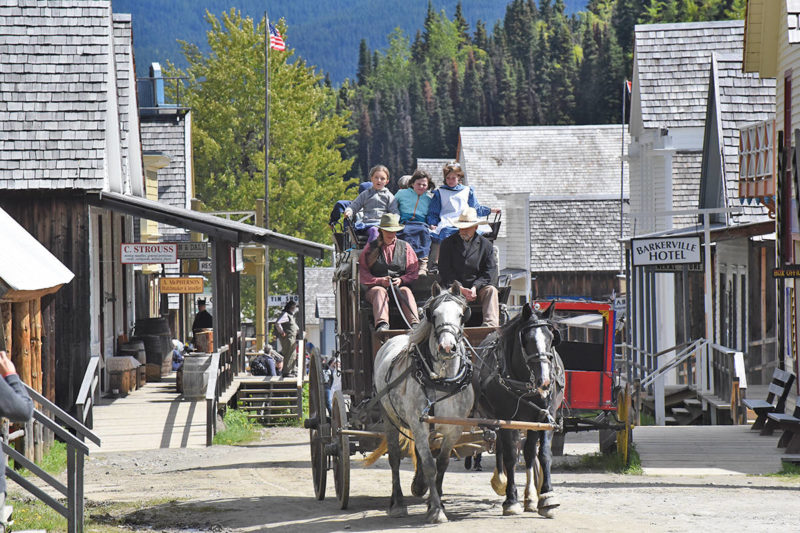
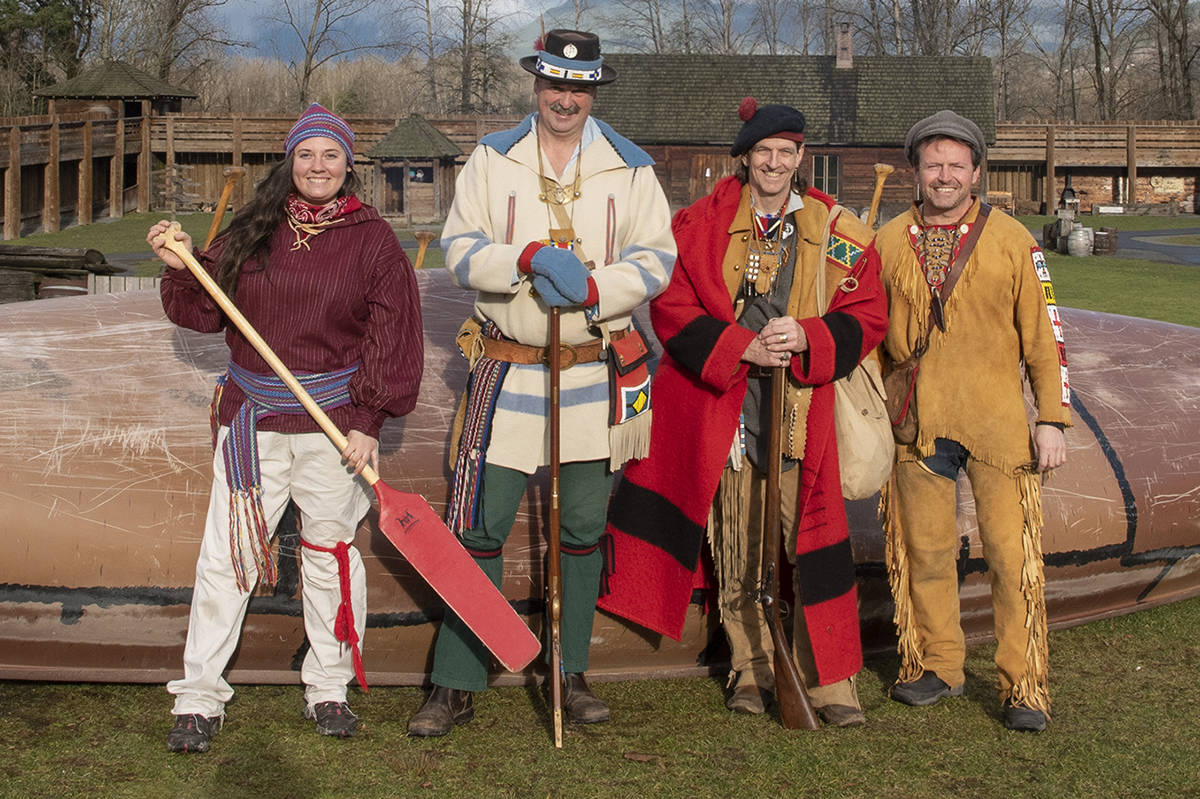
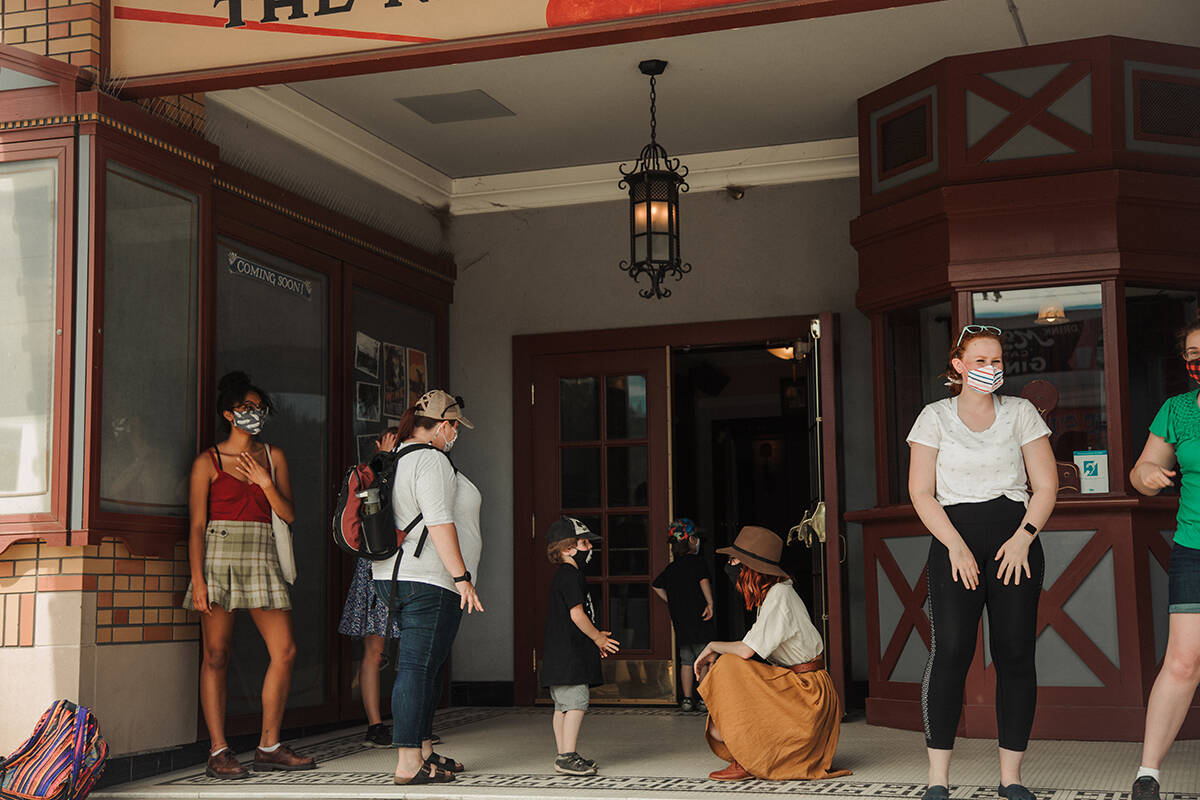
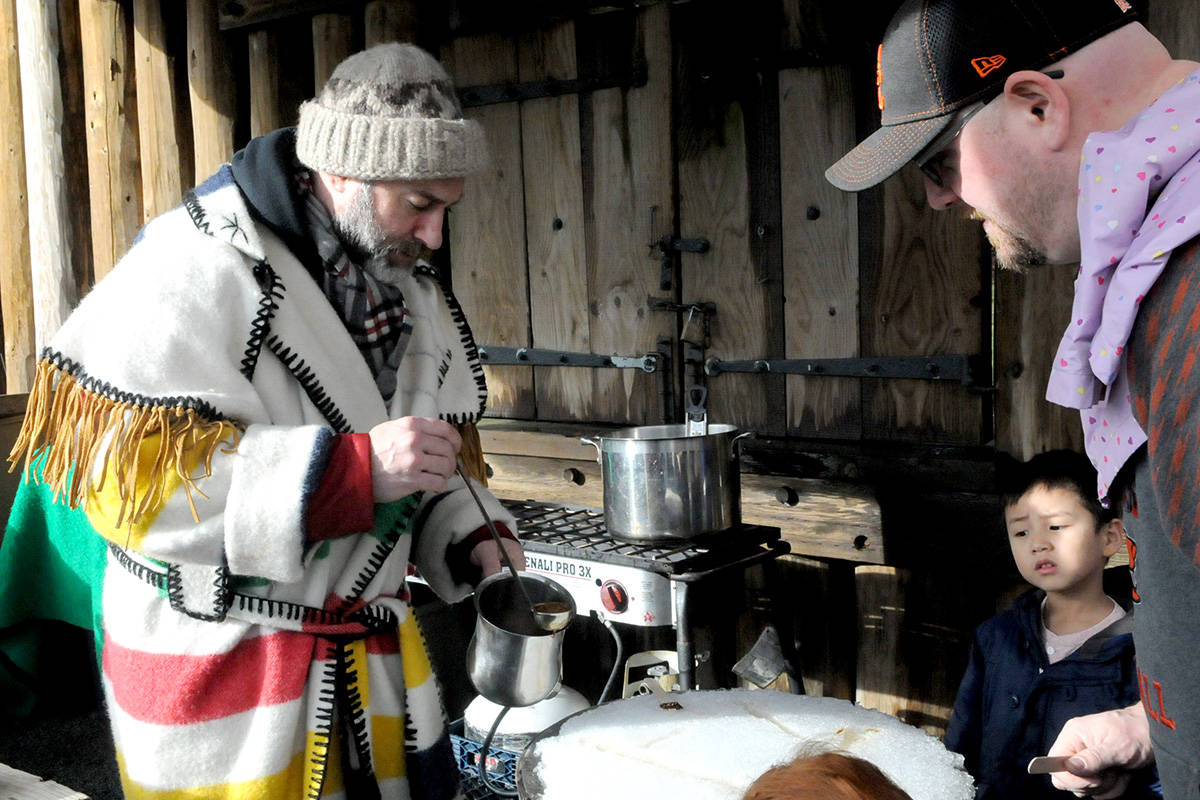
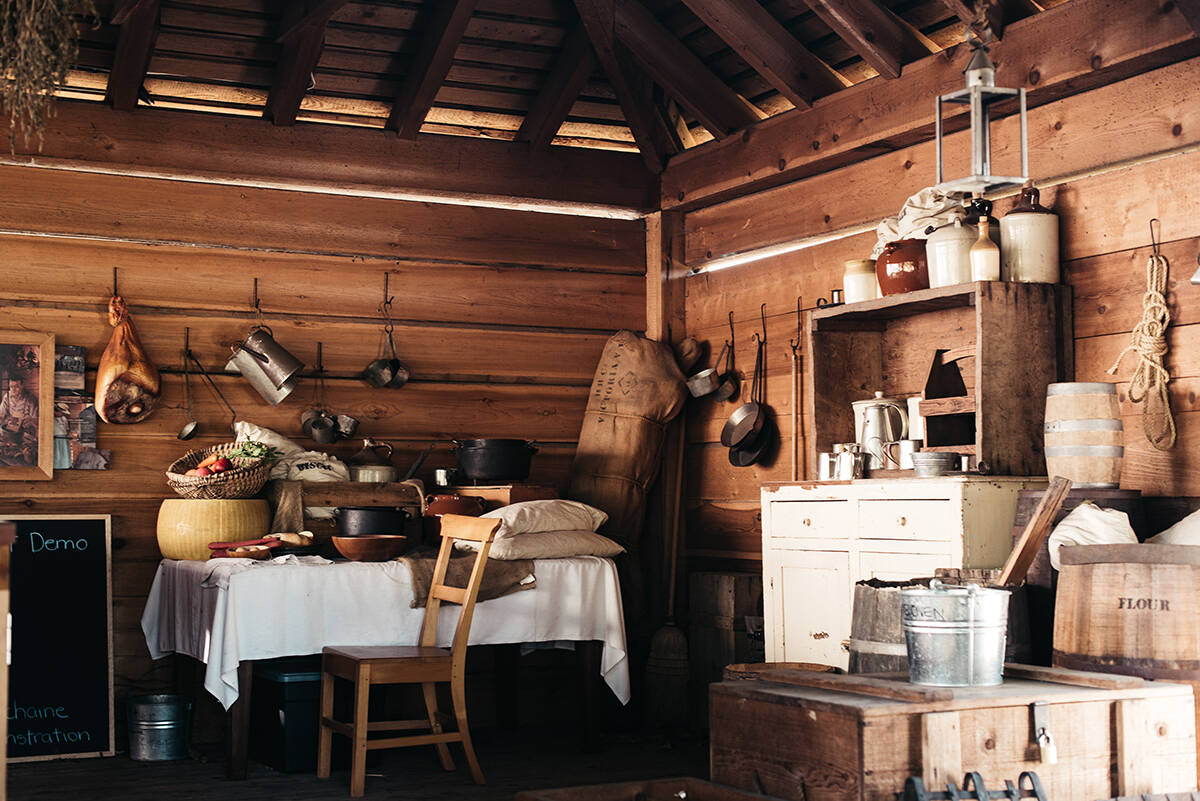
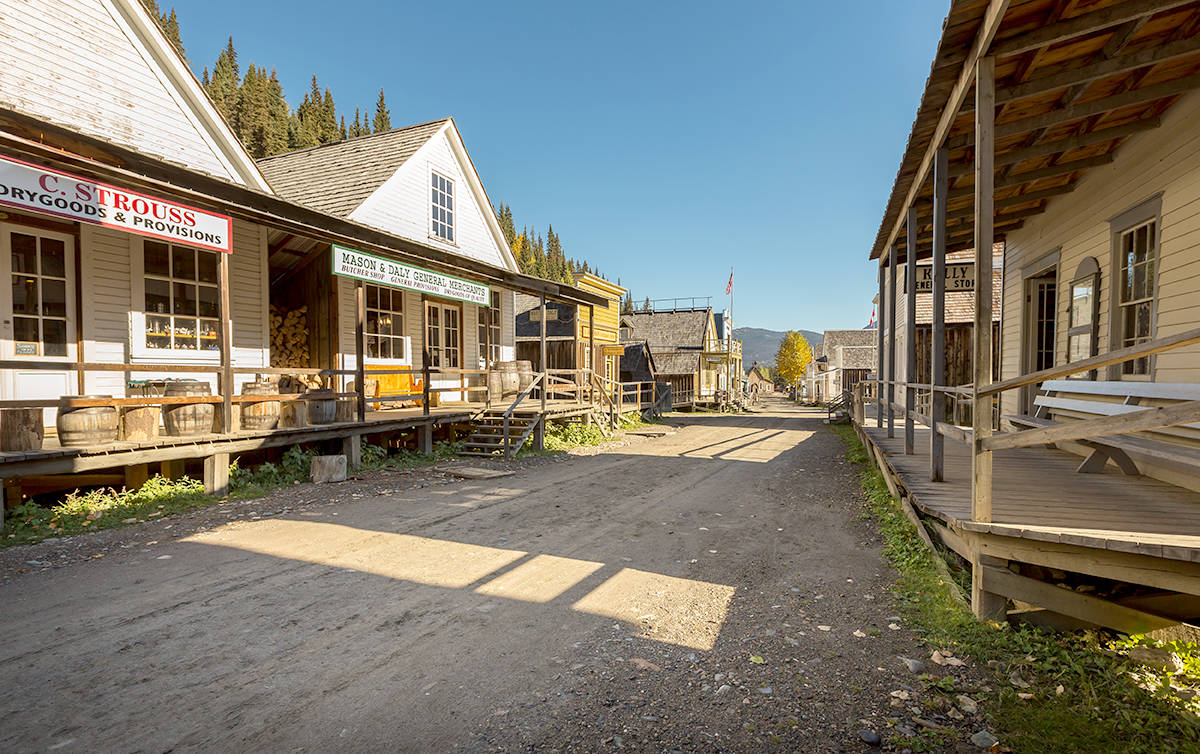
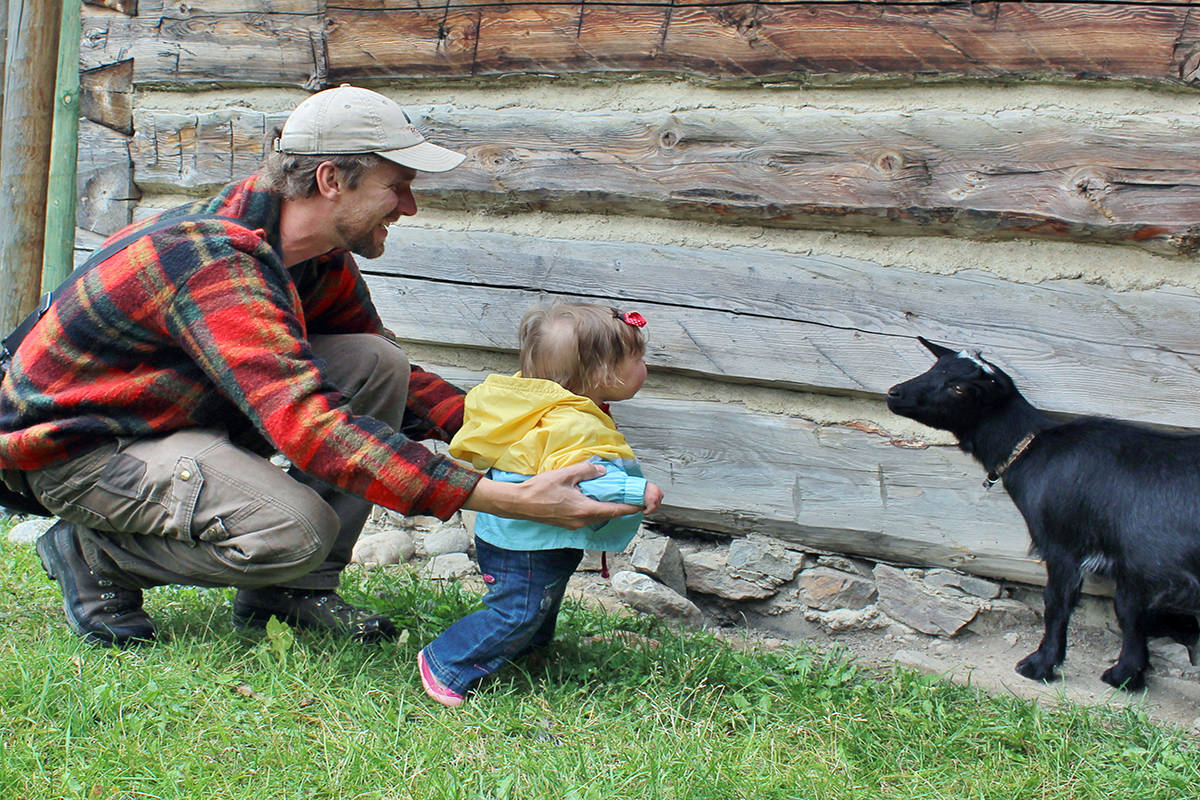
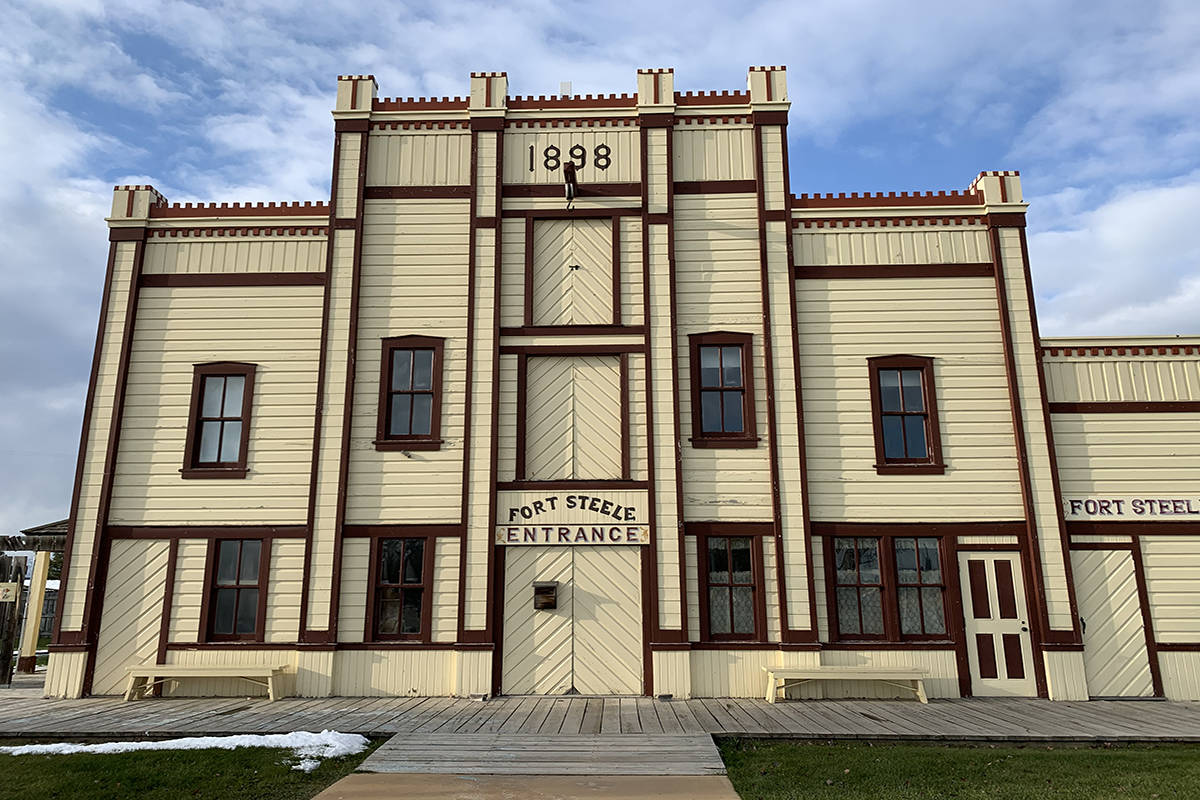
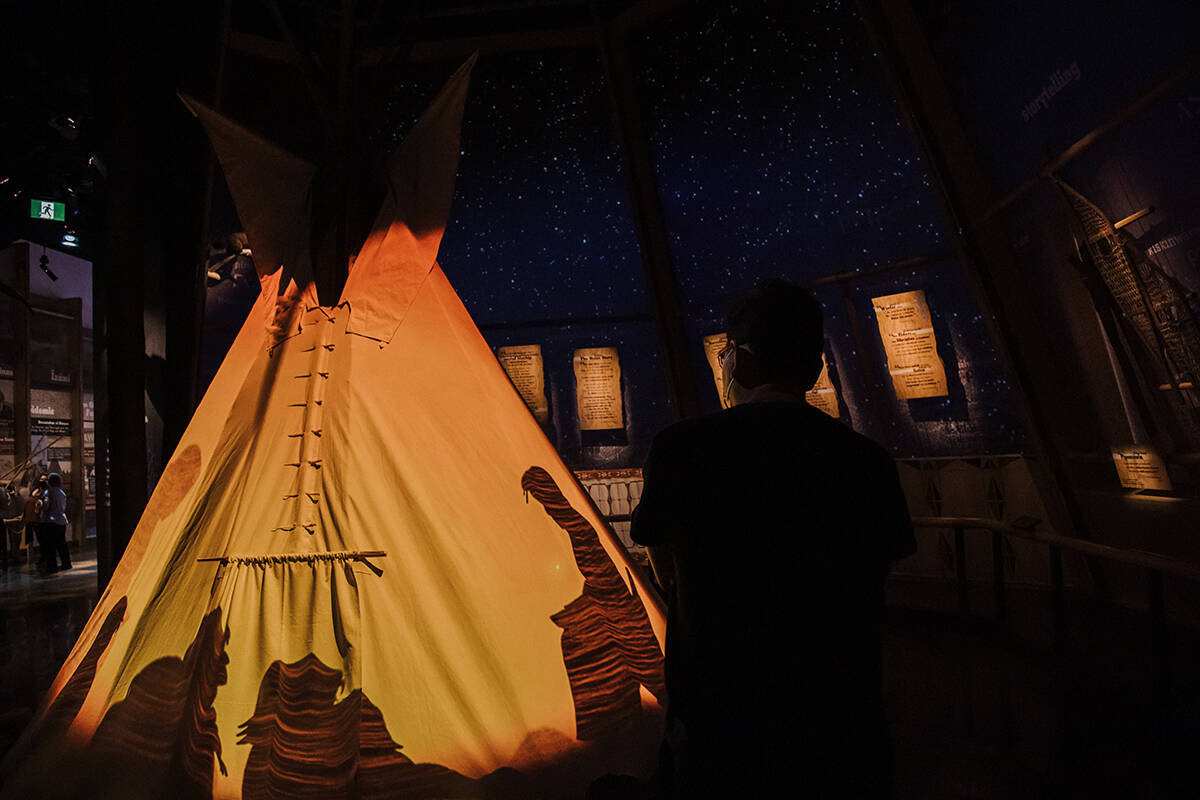









 Epic west coast train trip ranked world’s most Instagrammable journey
Epic west coast train trip ranked world’s most Instagrammable journey